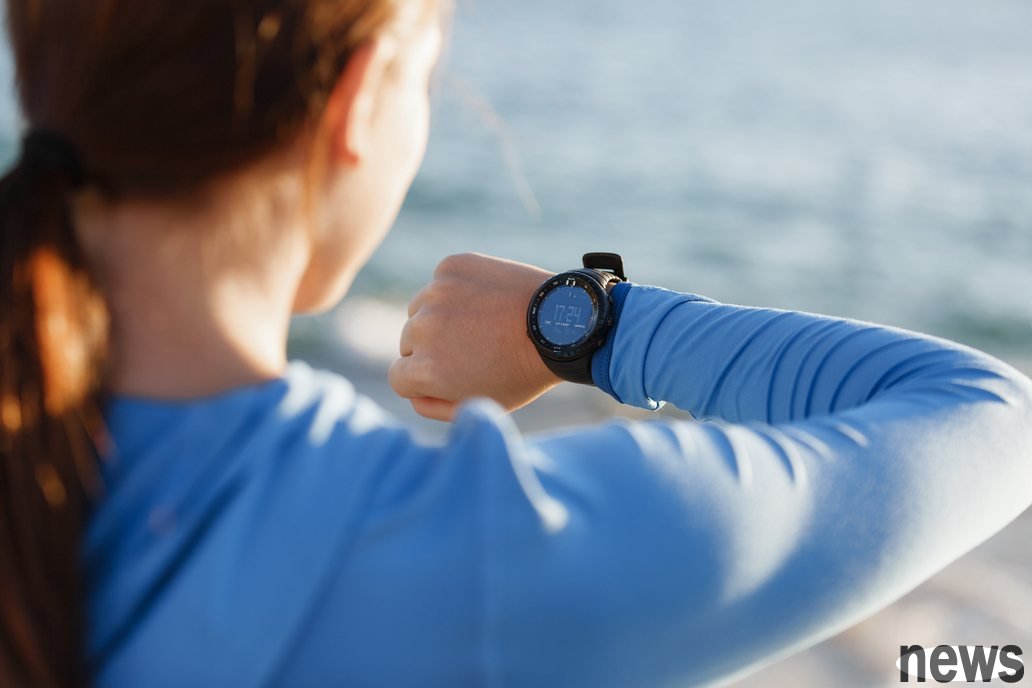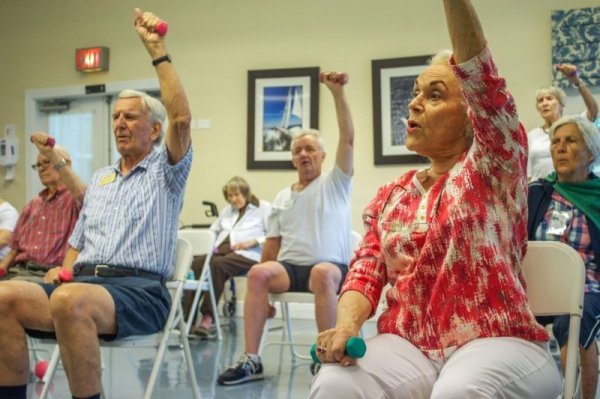Should you calculate the best amount of exercise in steps or minutes for health? Research and answer

Setting seven thousand or ten thousand steps a day as a simple way to increase physical activity, but existing physical activity guides recommend that people measure their physical activity in minutes rather than steps, such as at least 150 minutes of moderate intensity aerobic activity per week or 75 minutes of high intensity activity. So, is it better to calculate the time of movement than to calculate the steps?
Recent research published in the JAMA Internal Medicine shows that the answer is no. Researchers found that sports goals based on steps and time are related to reducing the risk of all-cause deaths and cardiovascular events in older women. In other words, finding a way that works for you may be the best way to be healthy.
{9In this study, researchers examined data from nearly 15,000 healthy women over 62 years of age. The participants were asked to wear a research-level activity monitor for 7 consecutive days and only remove them while sleeping, showering, bathing or swimming. In addition, participants conduct a health questionnaire survey every year, which includes cardiovascular disease events such as cardiovascular disease and wind.
Researchers found that higher levels of physical activity measured by time or steps are related to lower risk of all-cause death or cardiovascular event. For example, one in the most active quarter of women in the study had a risk reduction of 30% to 40% compared to one in the least active quarter.
Although both indicators are useful for describing health conditions, the study's lead author Rikuta Hamaya supplemented that these two methods of measuring activities actually have their advantages and disadvantages. For example, the steps may not be considered in terms of the difference in fitness level. If a person in his 20s and an 80s walk for 30 minutes at moderate strength, their steps may be significantly different.
However, the measurement method of steps is more direct than the strength of the movement and is less likely to be affected by the explanation. In addition, steps can also capture sporadic movements in daily life, not just sports, which are likely to be often performed by older people.
Hamaya pointed out that for some people, sports may involve activities such as netball, football, walking or jogging, which can be tracked through steps. However, for others, sports may include riding or swimming, monitoring the duration of the exercise will be simpler.
Hamaya said that this is why physical activity guides need to provide multiple ways to achieve goals. Overall, sports are different for everyone, and almost all forms of sports are good for our health.
The researchers reminded at the end of the report that the study is observant and therefore cannot be verified by causal relationships and more research data is needed to better understand the relationship between time and step-based motion indicators and health.




